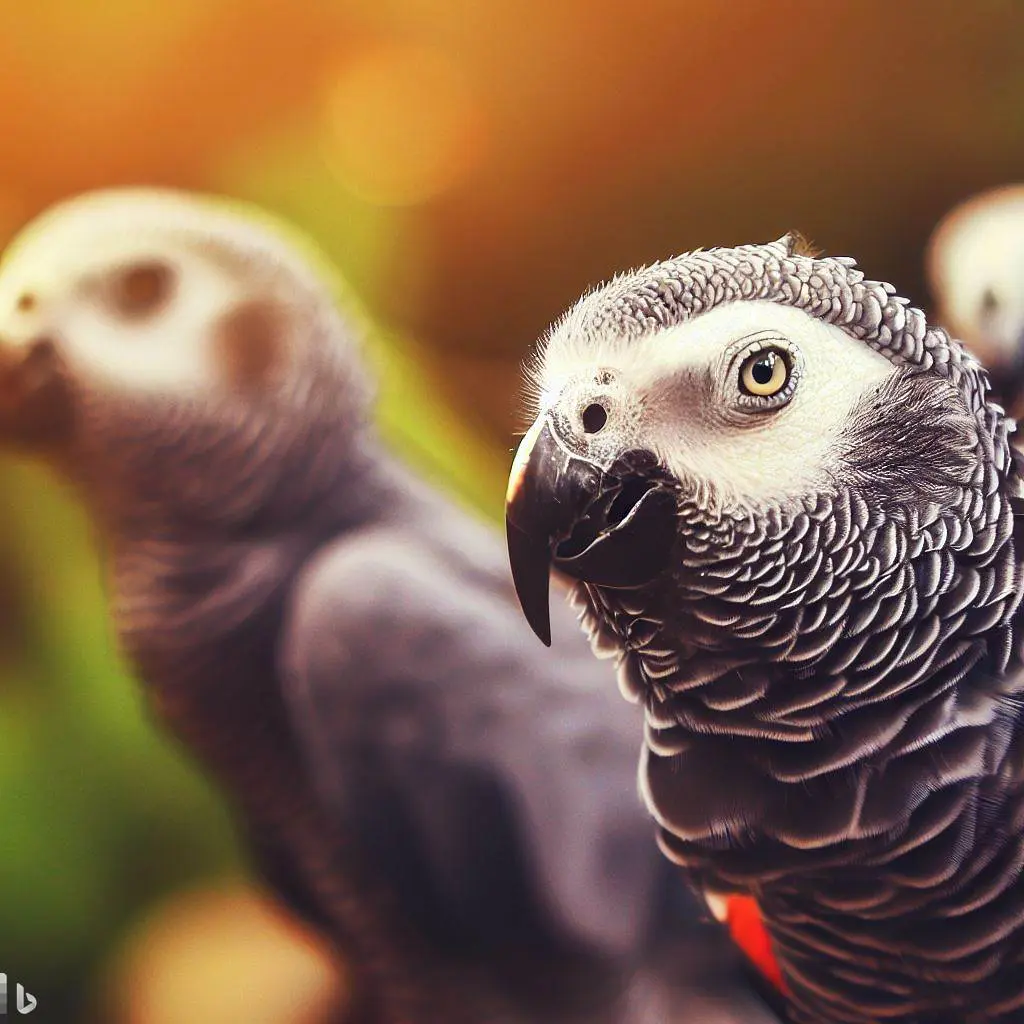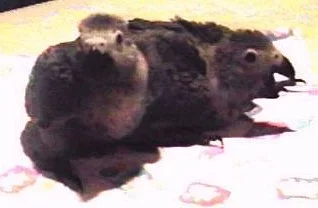- by FPABS-Admin
- 0
- Posted on
Breeding African Greys
Breeding African Greys can be a very rewarding and learning experience, but it also requires an uncommon dedication. The breeding pairs, the babies, and your clients deserve an informed, commit, ethical, responsible, and knowledgeable breeder.Breeding Greys is not just a matter of buying two birds, putting them together and letting nature take its course. Healthy and productive breeding pairs are required. Parents need the proper environment and diet to breed successfully. Chicks must be properly hand fed, weaned and socialized in order to develop into good companion birds. More effort is required to assure that the babies go only to good homes, in educating the new owners and in keeping in touch to make sure that all is going well. All of this takes time, knowledge and extraordinary commitment and should not be entered into lightly.
African
Breeding African Greys start-up expenses will be considerable. Social engagements will be plann around your feeding schedule; vacations will be very rare; holidays, birthdays, and anniversaries are just another day in the life of a breeder. Feeding and watering the breeding pairs, cleaning cages, tidying up the aviary, routine maintenance, and handfeeding the babies comes before convenien
Selecting Birds
Breeding African Greys one of the most important first steps to successful breeding is a healthy pair of adult birds. Learn and understand the physical signs of healthy birds. Birds that have malformed feathers or pluck their feathers may be seriously ill. Some disease processes can cause plucking. Although plucking itself is unlikely to be inherit, the inability to handle stress as evidence by plucking may well have a genetic component. Calm birds in good feather are obviously more desirable than terrified feather pluckers.
Essential Quarantine and Diet Strategies
Breeding African Greys The absolute minimum quarantine period is 30 to 60 days. Unfortunately, in most homes the airflow is share and strict quarantine is impossible. Many breeders don’t have an off-site or outdoors quarantine location. If the birds are a pair, quarantine them together in a large cage in an out If one bird of the pair must be medicat as a result of the health examination findings, cage the birds separately until the sick bird is medicat as directed and recheck to make sure the health problem has been correct. If they are singles, introduce them after quarantine as you would any other potential pair.
Cage and Nestbox Etiquette
The smallest cage I use is a 4x4x4 suspend cage construct from 1×1 inch wire. The boot nestbox is best. Most Greys will scramble into the box when you enter the aviary unannoun. To cut down on panic, knock twice on the door, waiting between each knock, and then pause again after you open the door. The birds quickly learn they have enough time to get safely into the nestbox after this signal.
Do Not Disturb
Disturb the birds as little as possible. Pairs should feel that the nestbox is theirs alone – a safe place to raise a family. Pairs who are protective or who feel vulnerable will feel more secure if the nestbox isn’t inspect at all. Close circuit cameras can be install to keep an eye on breeding activity. Some of the new video cameras are very small and inconspicuous. The large bulky color video cameras can be purchase second hand for under $100. Black and white surveillance cameras are intend in many cases, for low light locations and can be very useful for observing the birds’ activities. You will need a power supply (around $25) and enough co-ax cable to reach from the camera to one of your television input connections.
